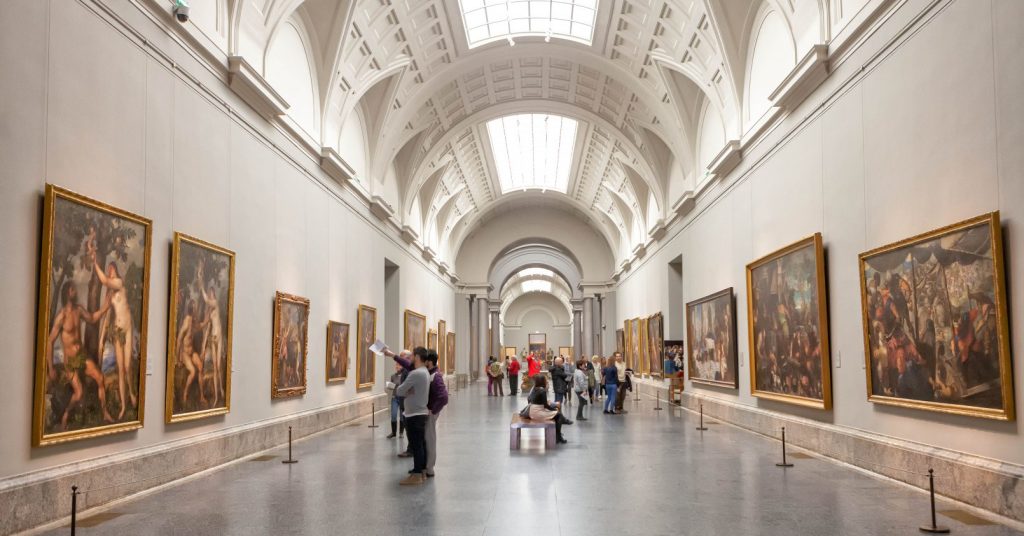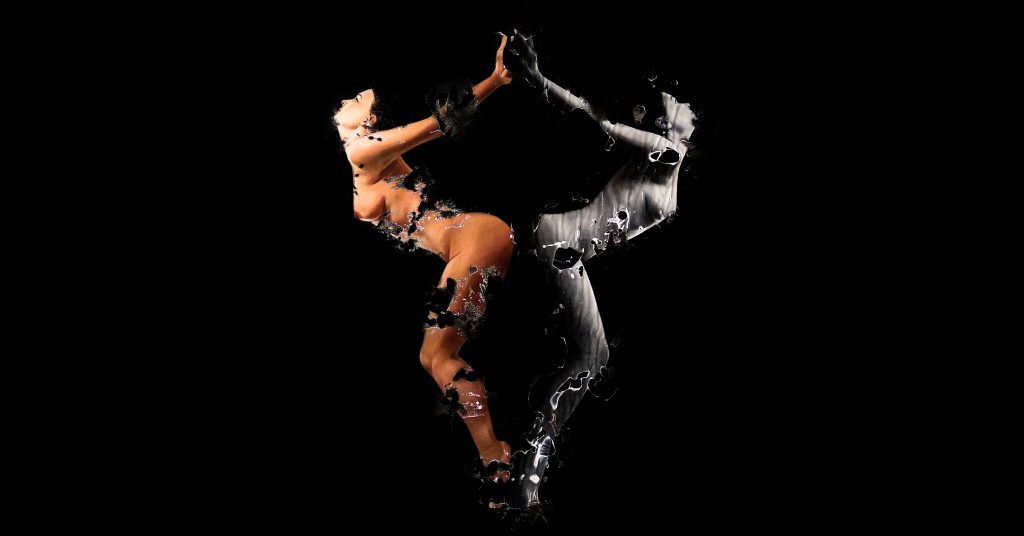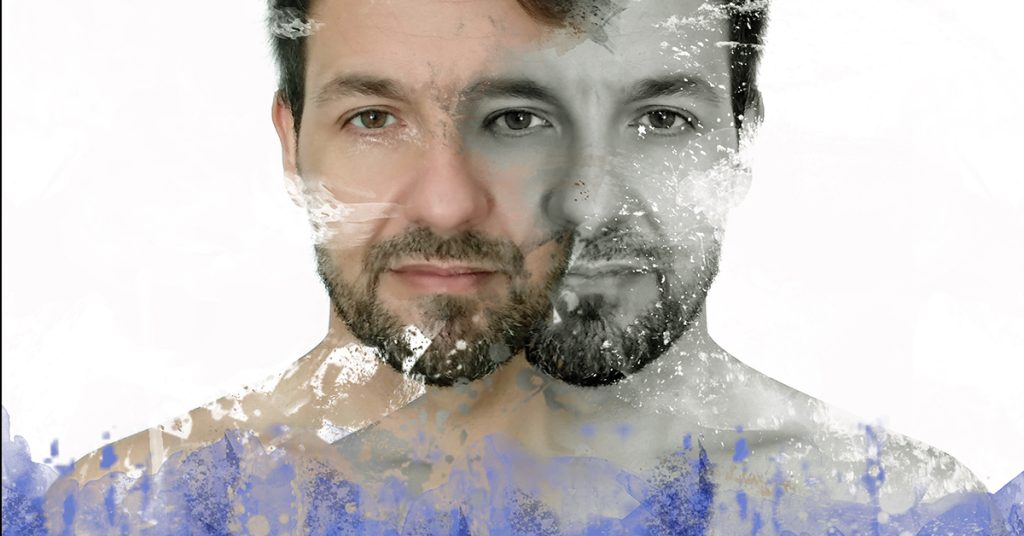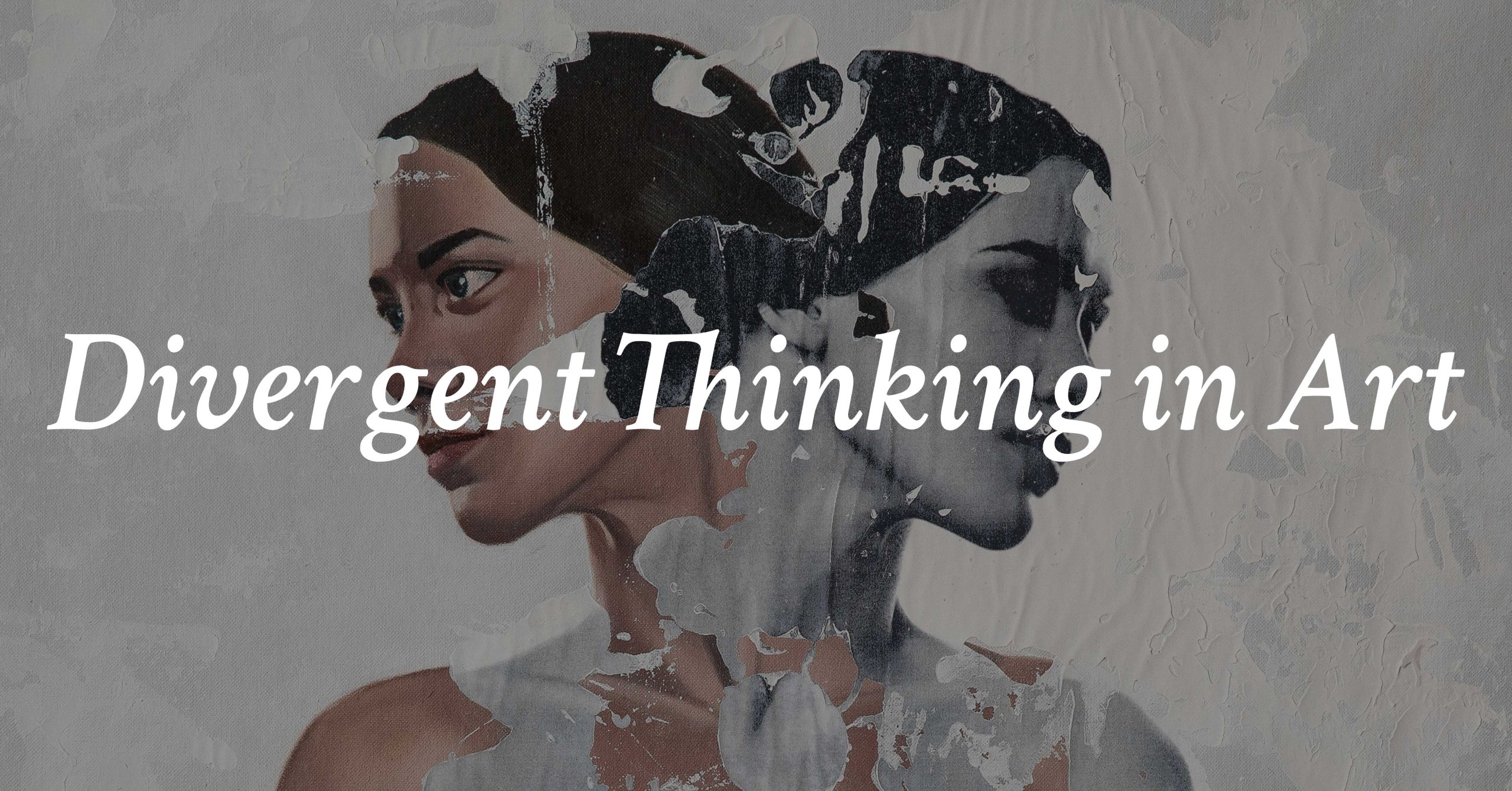
- Introduction
- What is Divergent Thinking?
- The Role of Divergent Thinking in Art
- Famous Artists Known for Divergent Thinking
- The Creative Process and Divergent Thinking
- Divergent Thinking Techniques for Artists
- Challenges and Benefits of Divergent Thinking
- Real-Life Applications of Divergent Thinking in Neophotorealistic Art
- Divergent Thinking vs. Convergent Thinking
- The Impact of Divergent Thinking on Artistic Career
- The Future of Divergent Thinking in Art
- Conclusion
- FAQs
Introduction
Art is not just about replicating reality; it’s about exploring new dimensions of creativity. In this article, we delve deep into the concept of Divergent Thinking in Art. Get ready to unlock your artistic potential and embrace the boundless world of creativity.
What is Divergent Thinking?
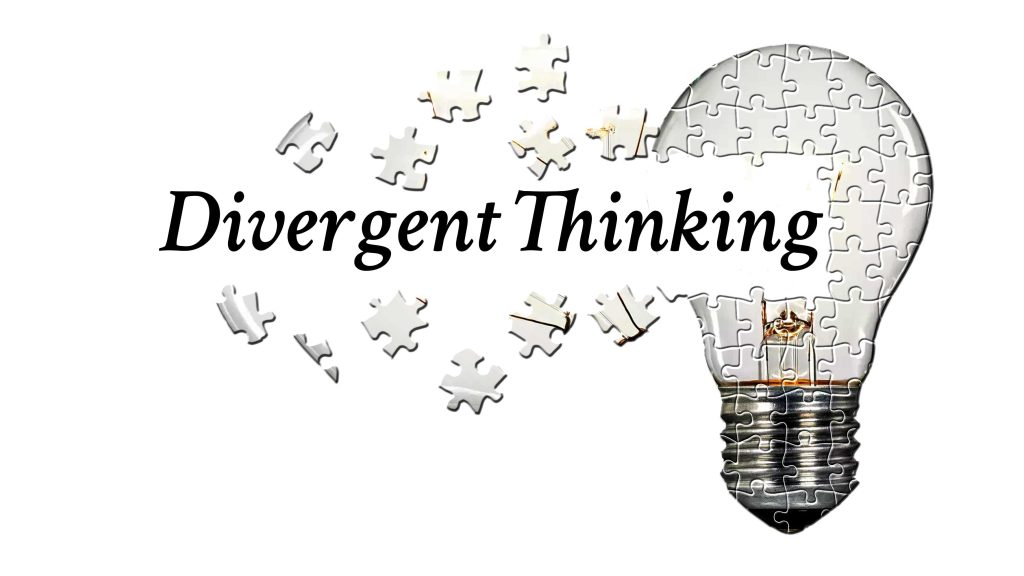

Defining Divergent Thinking
Divergent thinking is an artist’s compass, pointing them away from well-trodden paths and into the wilderness of creativity. It’s the art of breaking free from conventional norms, stretching the boundaries of imagination, and generating a profusion of ideas.
In the grand tapestry of artistic expression, lateral thinking stands as a guiding light. It challenges artists to think beyond the confines of tradition, urging them to explore the unexplored, question the unquestionable, and redefine the very essence of art itself.
Divergent Thinking in Creativity
Within the realm of creativity, divergent thinking emerges as a radiant star. It is the catalyst that fuels the flames of exploration, curiosity, and audacious leaps into uncharted territories of the imagination.
Imagine artists as intrepid explorers, setting sail into the vast unknown of their minds. Divergent thinking acts as the wind in their sails, propelling them toward new horizons. It encourages them to dig deep, to unearth the unconventional, and to dare to see the world in ways that have never been seen before.
Divergent thinking is not just a tool in the artist’s arsenal; it’s the very essence of creativity itself. It’s the force that propels artists to transcend the ordinary and create works that leave an indelible mark on the canvas of human culture. In a world that thrives on innovation and celebrates the daring, out-of-the-box thinking is the key that unlocks the doors to artistic evolution and brilliance.
The Role of Divergent Thinking in Art
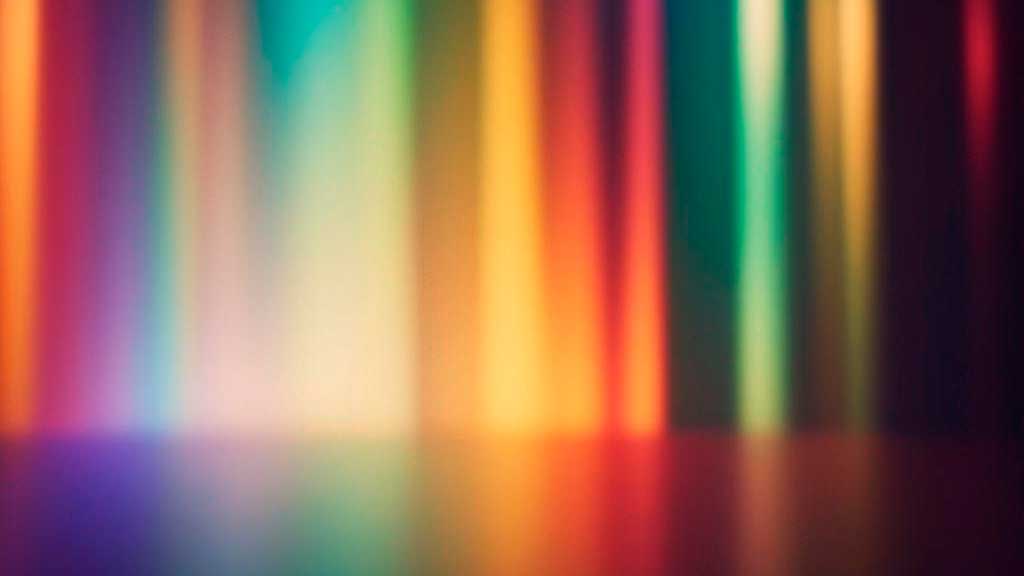

Breaking Boundaries in Artistic Expression
Artists, by nature, are boundary breakers. They are the adventurers of the creative world, the explorers of the human spirit. Divergent thinking is their trusty compass, guiding them away from the well-trodden paths of convention and into the uncharted territories of artistic expression.
When artists embrace divergent thinking, they don’t merely create art; they defy expectations and challenge the status quo. They question the norms, push the limits, and venture where others fear to tread. Through divergent thinking, they transcend the boundaries of tradition and redefine the very essence of art itself.
Imagine a painter who dares to blend classical techniques with modern digital media, giving birth to a neophotorealistic masterpiece that blurs the lines between the past and the present. This is the power of out-of-the-box thinking in action—a force that propels art beyond its perceived limitations.
Inspiring Innovation
Innovation flows through the veins of art like a life-giving river. It’s the ability to introduce new ideas, methods, and perspectives into the world of creativity. And at the heart of this innovation lies divergent thinking, acting as the catalyst for artistic revolutions.
When artists embrace divergent thinking, they open the door to innovative breakthroughs that captivate audiences and leave an indelible mark on art history. Think about the birth of Cubism, where Picasso shattered traditional artistic conventions, fragmenting reality into a kaleidoscope of perspectives. It was divergent thinking that fueled this revolutionary movement, forever altering the trajectory of art.
Divergent thinkers are the visionaries who see beyond the ordinary. They envision art in ways others can’t even imagine. They ask questions like, “What if we use unconventional materials to create sculptures?” or “How can we merge classical painting techniques with cutting-edge image transfer methods?” These questions spark innovation, pushing the boundaries of what art can be.
In the realm of art, divergent thinking isn’t just a tool; it’s the driving force behind every artistic renaissance. It’s the spark that ignites creativity and propels artists to new heights. Lateral thinking doesn’t just inspire innovation; it’s the very heartbeat of artistic evolution.
Famous Artists Known for Divergent Thinking
Salvador Dali: The Surrealist Extraordinaire
Dali‘s melting clocks and dreamlike landscapes were products of his divergent mind. He bent reality to create a surreal masterpiece.
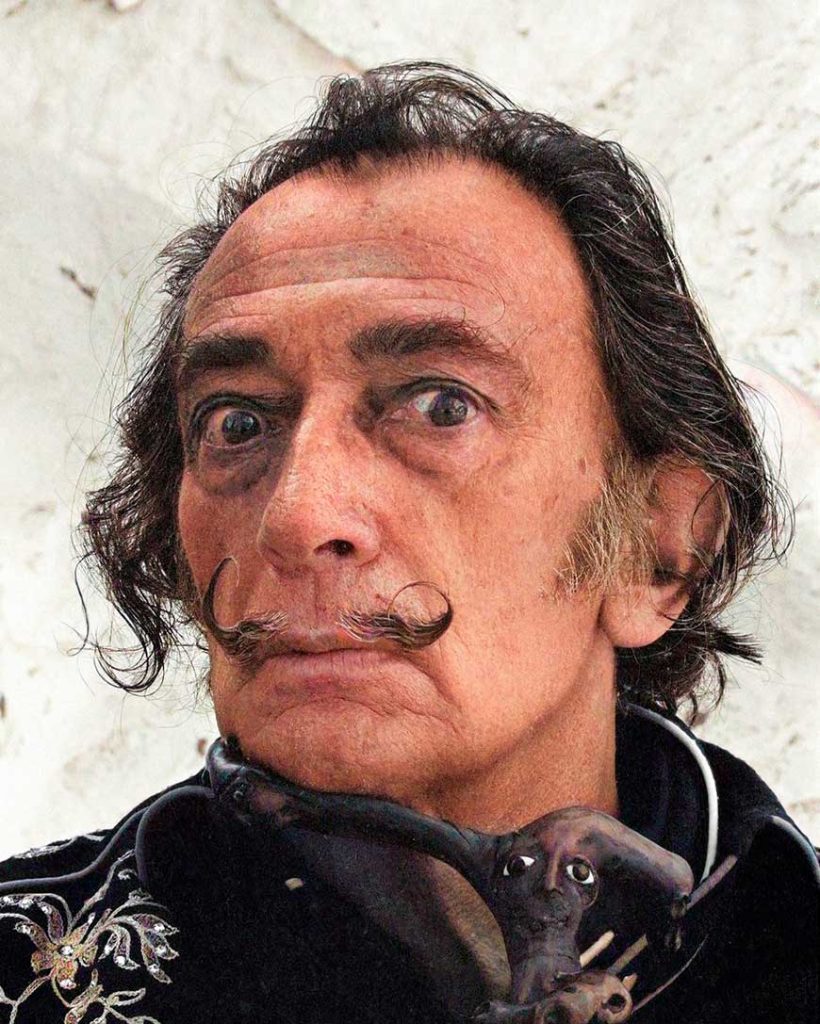

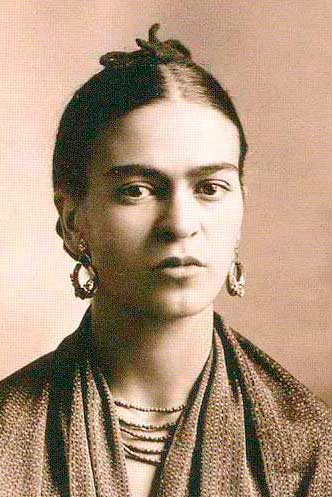

Frida Kahlo: Surreal Self-Portraits
Frida Kahlo‘s divergent thinking, seen in surreal self-portraits, explored personal identity and emotions through vivid symbolism and color, transcending artistic norms and expressing universal depth. Her art remains a testament to the power of divergent thinking for introspection and resonance.
Pablo Picasso: Shaping Art with Cubism
Picasso‘s fragmented portraits shattered traditional art norms, illustrating the power of divergent thinking.
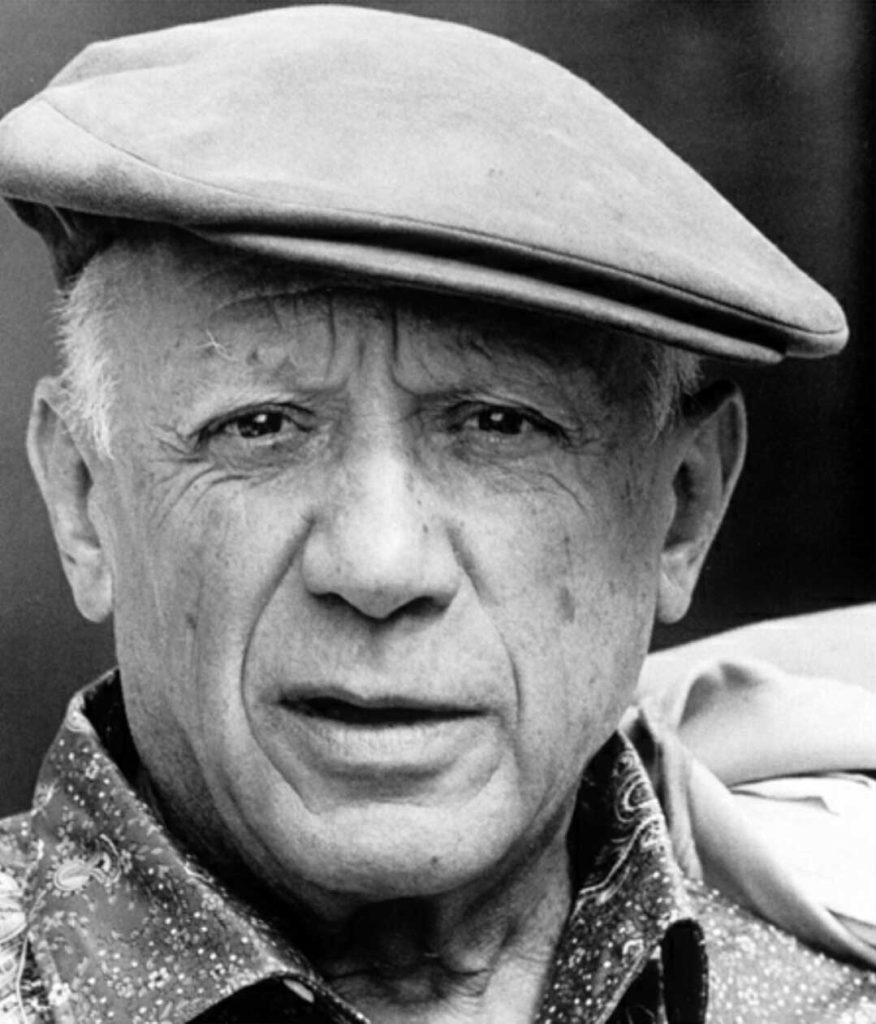

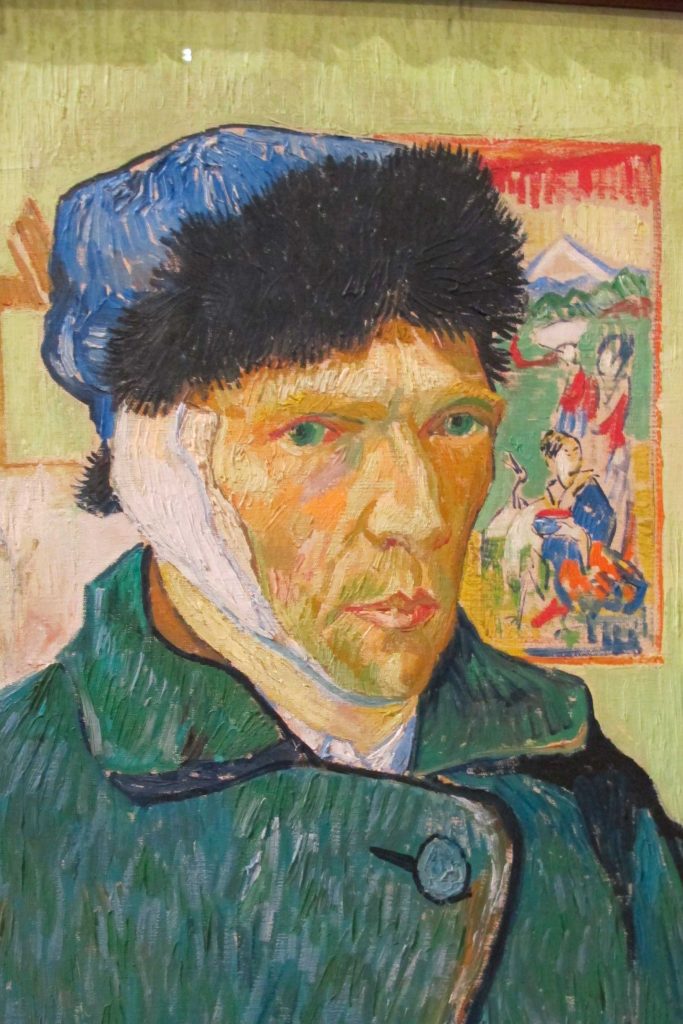

Vincent van Gogh: A Starry Night of Divergent Thinking
Vincent van Gogh‘s divergent thinking reshaped art with bold colors and dramatic brushwork, notably in “Starry Night,” defying convention and leaving an emotional legacy in the art world.
The Creative Process and Divergent Thinking
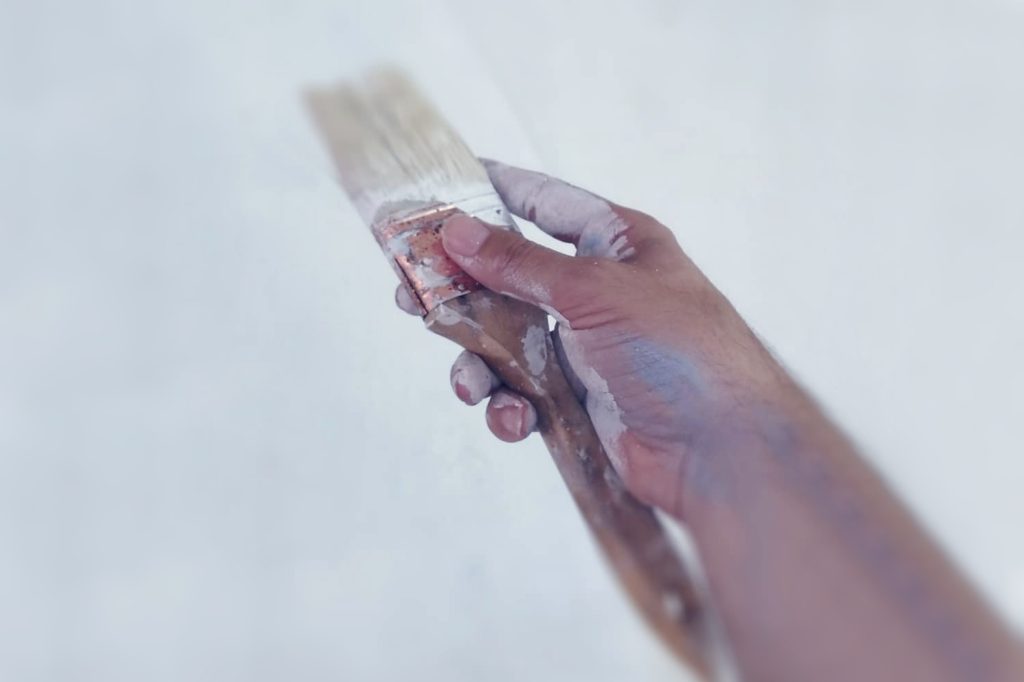

From Inspiration to Creation
The path from a mere spark of inspiration to the realization of a masterpiece is a thrilling journey paved with divergent mind. Artists are not mere passengers on this journey; they are the captains, navigating the vast seas of creativity with divergent thinking as their trusty compass.
Lateral thinking injects life into the initial idea, encouraging artists to explore multiple avenues of expression. It fuels the brainstorming sessions where ideas multiply like wildfire, each one a potential brushstroke on the canvas of creation. It’s the force that guides artists to diverge from the obvious choices, leading them towards unique and groundbreaking artistic endeavors.
Nurturing Your Artistic Imagination
Just as a garden flourishes when tended with care, so does an artist’s imagination when nourished with diverse ideas and experiences. Divergent thinking acts as the fertilizer for this creative garden, enriching the soil of imagination and allowing ideas to sprout and bloom.
Imagine your imagination as a garden bed, ready to bear the fruits of your creativity. out-of-the-box thinking is the nutrient-rich soil, providing the essential elements for ideas to take root and flourish. It encourages artists to explore a wide range of influences, from different cultures and time periods to various art forms and mediums.
By nourishing your artistic imagination with divergent thinking, you create a fertile ground where innovation thrives. Your mind becomes a vibrant ecosystem teeming with unique concepts, ready to be harvested and transformed into captivating works of art.
Divergent Thinking Techniques for Artists
Mind Mapping: Expanding Your Ideas
Mind maps are creative treasure maps. They visually organize thoughts and ideas, linking seemingly unrelated concepts, revealing uncharted artistic directions. Picture it as charting a course through unexplored waters. Each mind map branch is a potential artistic journey, guided by divergent thinking. Artists navigate this sea of creativity, uncovering unique ideas.
Brainstorming: Unleash Your Creativity
Brainstorming is a creative powerhouse. It’s like unleashing a torrent of ideas by storming the gates of your mind. Artists shed inhibitions and judgment, welcoming a flood of innovation.
Imagine a room buzzing with fellow artists, ideas sparking like fireworks. Divergent thinking fuels this frenzy, urging artists to embrace every notion, no matter how unconventional. Amid this chaos, artistic gems often emerge, ready to be polished into masterpieces.
Embrace these lateral thinking techniques to breathe new life into your art, charting a course to unexplored realms of imagination and innovation.
Challenges and Benefits of Divergent Thinking
Overcoming Creative Blocks
For artists, creative blocks can be suffocating, like a heavy fog obscuring their artistic vision. Yet, divergent thinking emerges as the beacon of hope in these moments of artistic despair. It acts as the antidote, the lifeline that artists cling to when ideas seem scarce.
When the well of inspiration runs dry, divergent thinking encourages artists to look beyond the obvious. It compels them to explore uncharted mental terrain, to seek out unconventional angles, and to breathe life into dormant creativity. It’s the spark that ignites the fire, dispelling the fog of creative stagnation and leading artists back to the path of artistic brilliance.
Embracing Versatility in Art
Divergent thinkers are the chameleons of the artistic world, effortlessly shifting between styles and techniques. They are not confined by a single brushstroke or a narrow palette. Instead, they embrace versatility as a hallmark of their artistic identity.
Imagine an artist who seamlessly transitions from neophotorealistic landscapes to abstract, otherworldly realms. Divergent thinking empowers them to explore the full spectrum of artistic expression, like a virtuoso musician playing different instruments with equal mastery. It’s the tool that allows artists to blur the lines between genres, creating art that defies categorization and constantly reinvents itself.
Divergent thinking isn’t just a skill; it’s an artistic superpower. It enables artists to break free from the shackles of artistic conformity, to challenge their own limits, and to embark on an ever-evolving creative journey. In a world where artistic innovation is celebrated, out-of-the-box thinking is the compass that guides artists toward new horizons of creativity and ensures that their art remains vibrant and relevant.
Real-Life Applications of Divergent Thinking in Neophotorealistic Art
Blending Classic and Contemporary Styles
Neophotorealistic art thrives on the fusion of classical painting and modern image transfer techniques.
Image Transfer Technique: A Modern Twist
Divergent thinking plays a pivotal role in innovating image transfer methods, creating stunning neophotorealistic art.
Neophotorealistic Art Examples
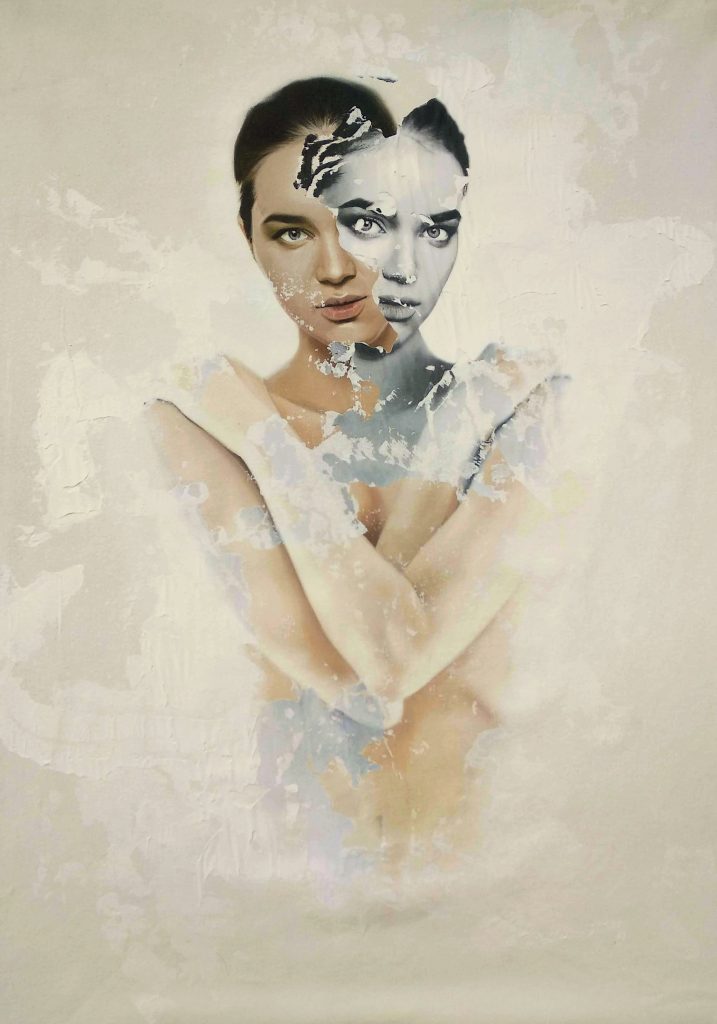

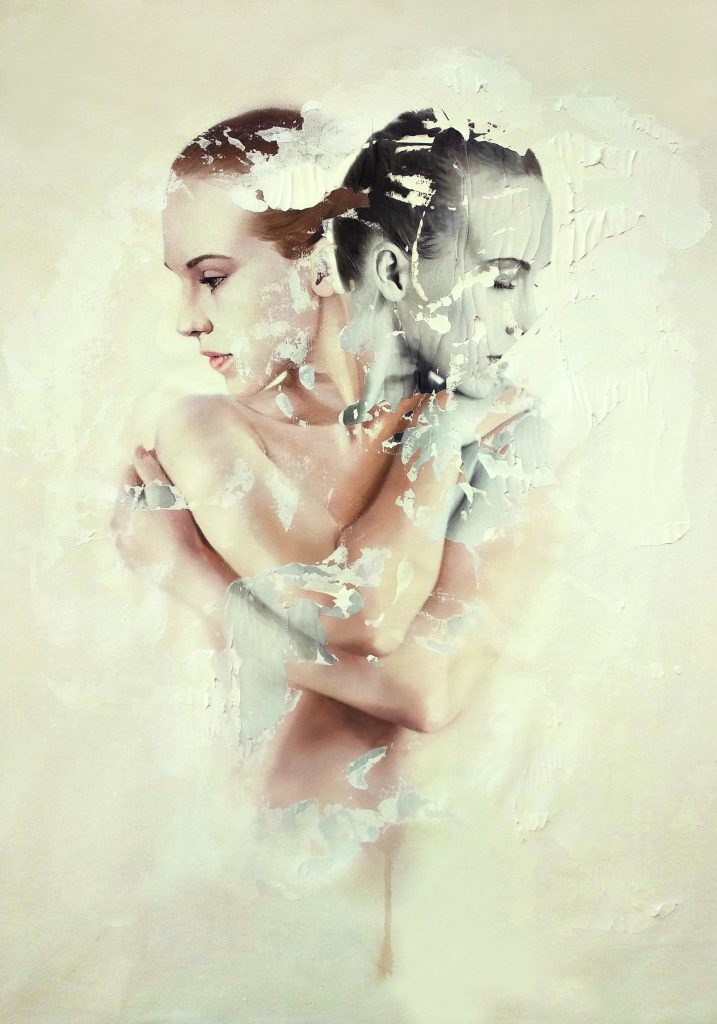

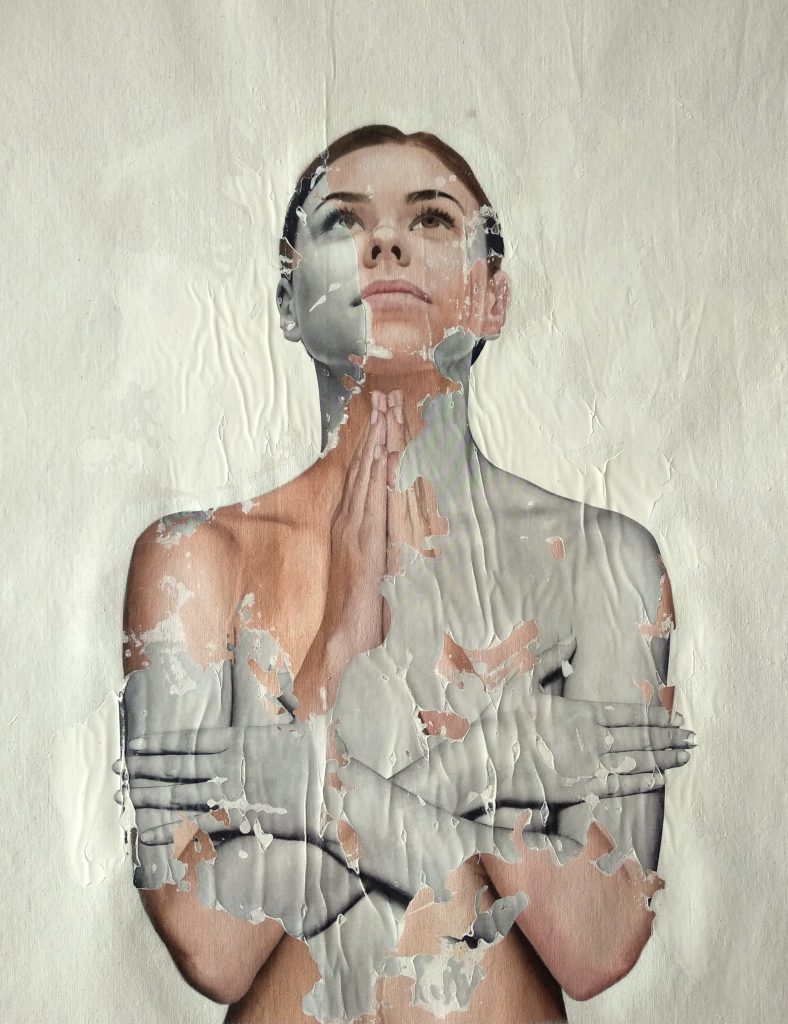

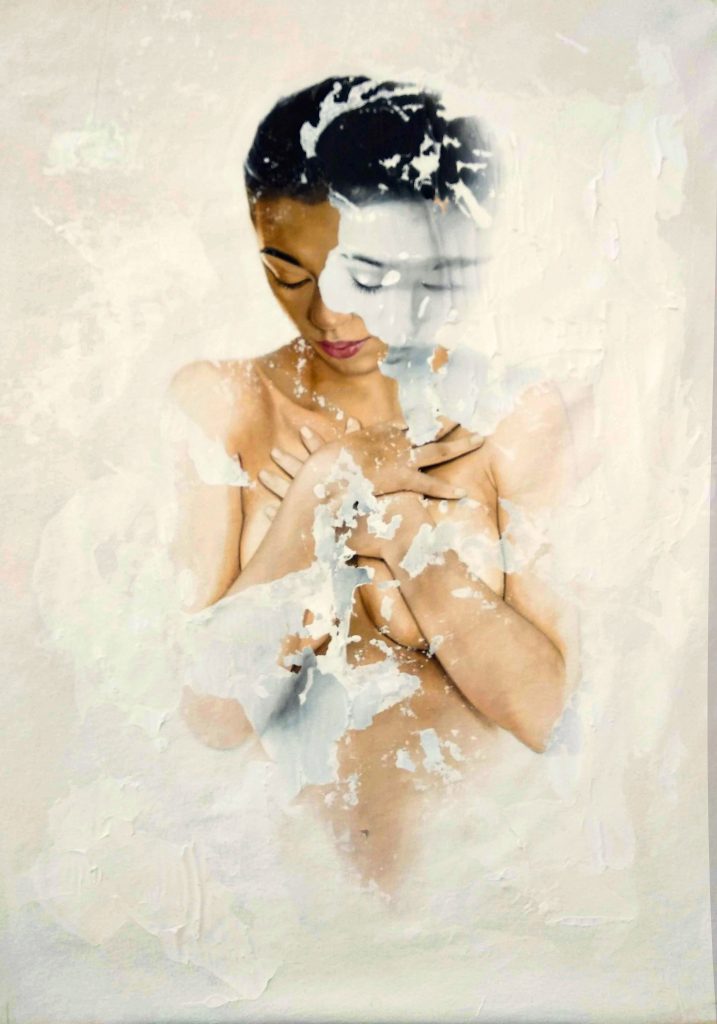

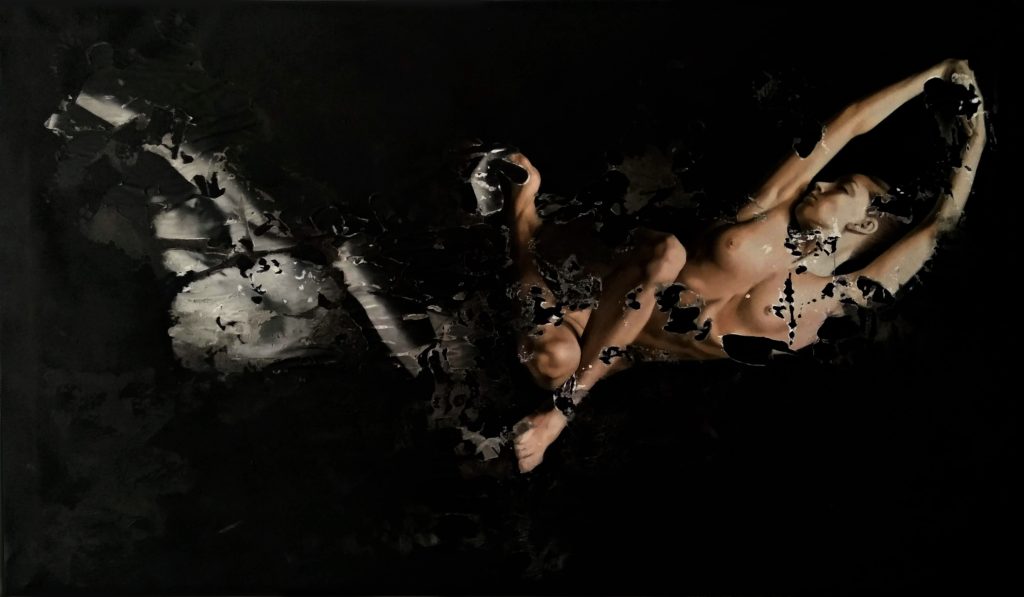

Divergent Thinking vs. Convergent Thinking
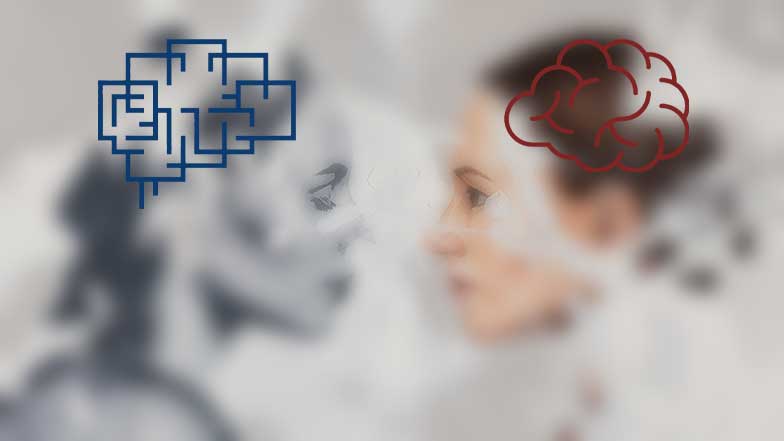

Balancing Creativity and Precision
Divergent and convergent thinking, akin to creative yin and yang, harmoniously shape the artistic journey.
Divergent thinking, the engine of exploration, propels artists into the unknown. Ideas flourish wildly, capturing diverse concepts, inspirations, and possibilities, fostering unbridled creativity.
Convergent thinking, the skillful sculptor, refines raw ideas into polished masterpieces. It analyzes, sieving creative riches, and chisels gems into a cohesive vision. It’s the artist’s brush, blending colors purposefully after the initial vivid splashes.
Balancing these modes is an art. Too much divergent thinking yields chaos, while excessive convergent thinking stifles creativity. True artistry thrives in their synergy, nurturing boundless exploration and meticulous craftsmanship. This dance enables artists to create works both innovative and precise, daring and refined.
The Impact of Divergent Thinking on Artistic Career
Building a Unique Artistic Brand
In the ever-evolving landscape of the art world, setting yourself apart is not merely an advantage; it’s a necessity. Divergent thinking serves as the cornerstone of crafting a unique artistic brand that distinguishes you amidst the crowded canvas of creative voices.
Think of your artistic brand as your signature style, your creative fingerprint that leaves an indelible mark on the art world. Lateral thinking empowers you to explore uncharted artistic territories, enabling you to create art that defies categorization. By breaking away from conventional norms, you forge a path that is distinctly your own.
Art collectors and enthusiasts are drawn to artists who dare to be different, who challenge preconceived notions of art. Your unique artistic brand, nurtured by divergent thinking, becomes a beacon that attracts those who seek something fresh, innovative, and profoundly authentic in the art they collect and admire.
Engaging with Your Audience
Artistry isn’t a solitary endeavor; it’s a form of communication. Artists who embrace out-of-the-box thinking possess a unique ability to connect more profoundly with their audience. They transcend the canvas, sharing stories, emotions, and experiences that resonate on a deeply human level.
Imagine your art as a conversation with the world. Divergent thinking infuses your work with a rich tapestry of ideas, emotions, and perspectives. It allows you to speak a universal language that transcends barriers, touching the hearts and souls of those who view your art.
As you engage with your audience through your unique artistic brand, you invite them into your creative journey. You offer them not just a piece of art but a piece of your vision, your passion, and your soul. This connection, nurtured by divergent thinking, transforms casual viewers into loyal supporters and enthusiasts who eagerly anticipate your next masterpiece.
In the competitive realm of art, out-of-the-box thinking isn’t just a creative tool; it’s the bridge that connects artists with their audiences, fostering a profound and enduring artistic relationship. It’s the brushstroke that paints a vivid and lasting impression in the hearts and minds of those who experience your art.
The Future of Divergent Thinking in Art
Digital Art and Divergent Thinking
In the digital age, divergent thinking for artists takes on a limitless dimension. Digital art liberates them from physical confines, opening up a realm of boundless creative exploration.
Divergent thinking in the digital realm isn’t just about pushing the boundaries of traditional art; it’s about redefining art itself. Artists seamlessly merge classical techniques with cutting-edge digital tools, crafting works that transcend the tangible. It’s a playground where pixels transform into brushstrokes, and the canvas expands infinitely.
Consider artists using artificial intelligence to conjure novel visual concepts, surpassing human imagination. In the digital realm, out-of-the-box thinking propels such groundbreaking innovation, guiding artists into uncharted territories of creativity.
Global Collaboration and Artistic Fusion
In our interconnected world, global collaboration becomes limitless. Divergent thinkers worldwide unite, erasing geographical boundaries for artistic fusion.
Artists collaborate regardless of location, infusing diverse cultures into their work. This cross-pollination weaves a rich tapestry of artistic expression, where global perspectives converge, ignited by divergent thinking.
Picture artists from different continents collaborating on a neophotorealistic masterpiece, each adding unique cultural and artistic flavors. Divergent thinking fuels this global artistic dialogue, fostering fresh perspectives and innovation.
The future of lateral thinking in art lies in its embrace of digital tools and global collaboration. It’s the compass guiding artists through uncharted realms, where innovation knows no bounds, and artistic fusion flourishes on a global scale.
Conclusion
In the realm of art, divergent thinking is the beacon that guides us through uncharted waters. It’s the bridge between tradition and innovation, and it’s a journey worth embarking upon.
FAQs
- Is divergent thinking only for experienced artists?
- No, anyone can develop divergent thinking skills with practice and an open mind.
- Can divergent thinking be learned?
- Absolutely! Divergent thinking can be nurtured through exercises and exposure to diverse ideas.
- Is there a connection between divergent thinking and art therapy?
- Yes, art therapy often encourages divergent thinking as a means of self-expression and healing.
- What’s the relationship between divergent thinking and art movements?
- Many art movements, like Surrealism and Cubism, were born from divergent thinking.
- Can divergent thinking lead to unconventional art forms?
- Absolutely! Divergent thinkers often pioneer new and unconventional art forms.

